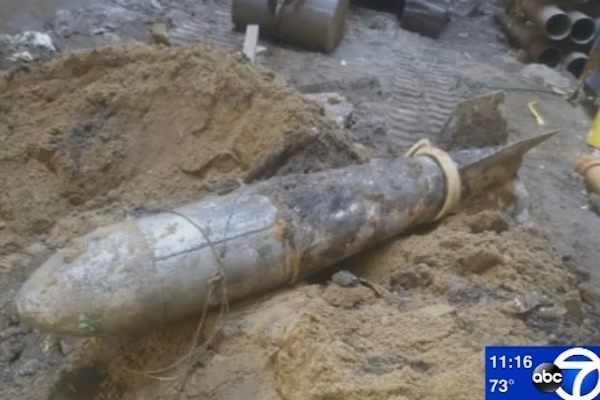Why You’ll Never Be Able to Block a Presidential Alert
It will always go through.

A test screen from the Emergency Broadcast System, which was replaced in 1997. (Photo: YouTube)
On Monday morning, a little over a day after Saturday’s bombing in the Chelsea neighborhood of Manhattan, which injured 29 people, officials sent out an alert to millions of people on their cell phones.
The alert, the New York Times reported, was “unprecedented,” the modern equivalent of the centuries-old wanted poster.
“WANTED,” the alert read, pushed out to cell phones a few minutes before 8 a.m., “Ahmad Khan Rahami, 28-yr-old male. See media for pic. Call 9-1-1 if seen.”
Three and a half hours later, Rahami was in custody.
It’s too early to say how big of a role the alert played, but the alerts themselves have been an increasingly common part of our digital landscape, pushed out for blizzards, hurricanes, and missing children, among other reasons, though this is the first time an alert has been issued naming a terrorism suspect. (An alert sent in the aftermath of the Boston Marathon bombing was a shelter-in-place order for local residents.)
The alerts have also been criticized—sometimes for being untimely—or, in the case of Monday’s alert, just not being very helpful, even if on most phones, it’s possible to turn them off entirely.
You can silence your notification settings for all kind of alerts. Except, that is, for those coming from the president.
Such a presidential alert has never been sent, but since 2006, they’ve been unblockable by law. That’s when President George W. Bush signed into law the Warning, Alert, Response and Network Act, which provided for the Wireless Emergency Alert’s creation. The law made it mandatory for wireless companies participating in the system (nearly every major wireless company has voluntarily opted in) to make presidential alerts unblockable on cell phones and other devices that use cell data, like iPads.
This might seem a little creepy, except when one considers that such a system has basically always been in place in other formats. The long-standing Emergency Alert System, formerly the Emergency Broadcast System, is capable of taking over television and radio stations across the U.S. within minutes to issue emergency messages.
The president has unfettered access to the system, to be used in the case of national emergencies.
And like the cell phone system, a presidential alert in the television and radio system has never been used. Such a system was originally established in 1951 by President Harry Truman, mostly in anticipation of a nuclear attack as the Cold War got underway.







Follow us on Twitter to get the latest on the world's hidden wonders.
Like us on Facebook to get the latest on the world's hidden wonders.
Follow us on Twitter Like us on Facebook